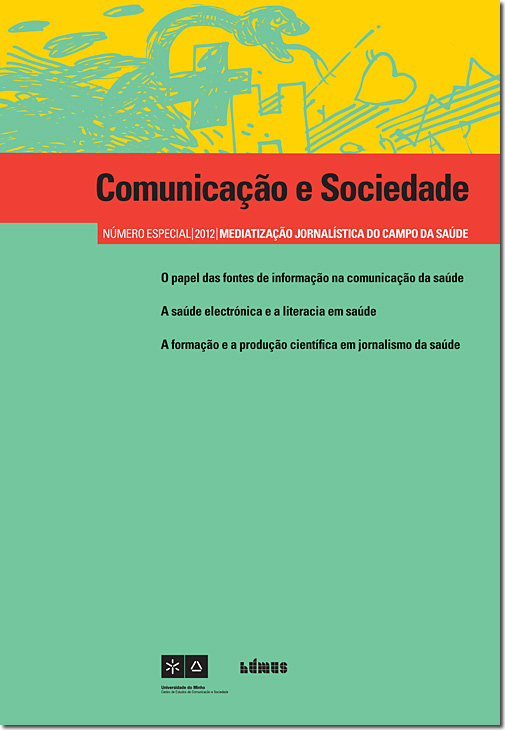Making sense of cancer news coverage trends: a comparison of three comprehensive content analyses
DOI:
https://doi.org/10.17231/comsoc.23(2012).1353Palavras-chave:
Cancer, news coverage, content analyses, health communicationResumo
Cancer stories (N = 5,327) in the top 50 U.S. newspapers were analyzed by a team of four coders and the results were compared with the earliest analyses of this type (from 1977 and 1980). Using cancer incidence rates as a comparison, three cancers were found to be consistently underreported (male Hodgkin’s, and thyroid) and four cancers were found to be consistently overreported (breast, blood/Leukemia, pancreatic, and bone/muscle). In addition, cancer news coverage consistently has focused on treatment rather than on other aspects of the cancer continuum (e.g., prevention), portrayed lifestyle choices (e.g., diet, smoking) as the most common cancer risk factor, and rarely reported incidence or mortality data. Finally, the data were compatible with the idea that personalization bias (e.g., celebrity profiles, event coverage) may explain some news coverage distortions.Downloads
Downloads
Publicado
Como Citar
Edição
Secção
Licença
Direitos de Autor (c) 2013 Comunicação e Sociedade

Este trabalho encontra-se publicado com a Creative Commons Atribuição-NãoComercial 4.0.
Os autores são titulares dos direitos de autor, concedendo à revista o direito de primeira publicação. O trabalho é licenciado com uma Licença Creative Commons - Atribuição 4.0 Internacional.












